Moscato and Riesling are delightful wine options that offer unique characteristics and flavors. Moscato is known for its sweet and fruity profile, making it a popular choice for those who prefer a sweeter taste. On the other hand, Riesling offers a more diverse range of flavors, from dry to sweet, with a high level of acidity that adds complexity to the wine.
Ultimately, the choice between Moscato and Riesling depends on personal preference and the occasion. Whether you are looking for a refreshing summer drink or a versatile pairing for your meal, both wines have something to offer. So go ahead and explore these two wonderful varietals – you might just discover your new favorite wine! Cheers!

Understanding Riesling
Differences between Moscato vs Riesling
When it comes to sweet white wines, two popular options that often confuse wine enthusiasts are Moscato and Riesling. While both are known for their exquisite aromas and distinct flavors, there are some key differences between the two that make them unique in their own right.
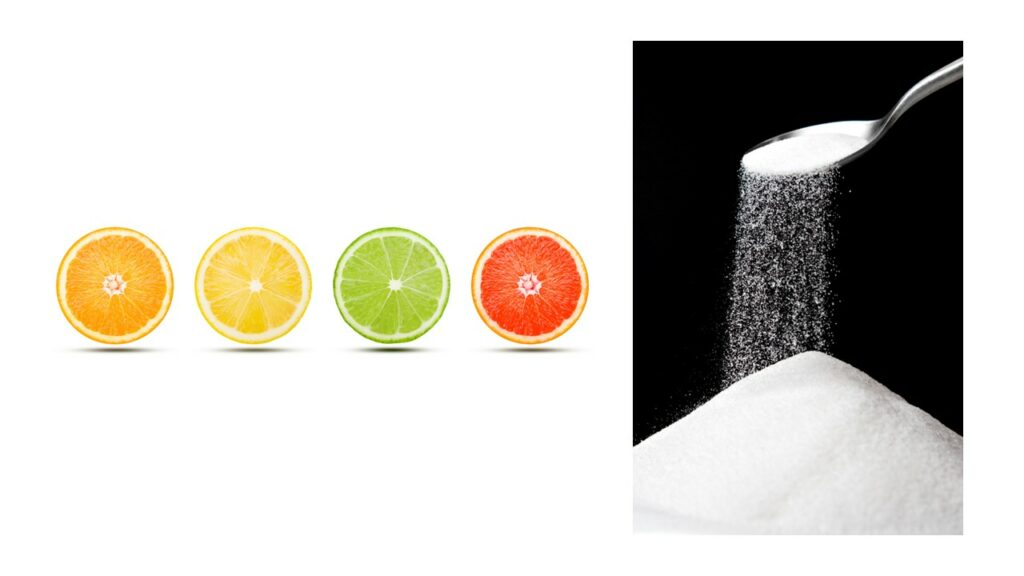
Sweetness and Acidity
Firstly, Moscato is typically sweeter than Riesling. Its luscious sweetness is derived from the Muscat grapes used in its production. On the other hand, Riesling can range from dry to sweet on the taste spectrum, making it a more versatile option for different palates.
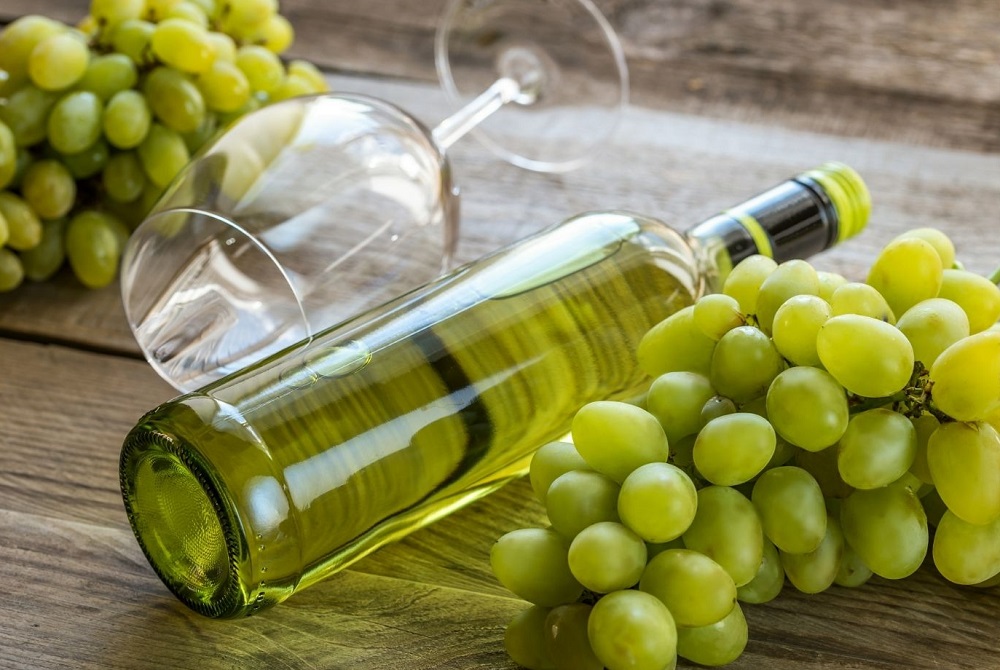
In terms of acidity, Riesling tends to have higher levels compared to Moscato. This elevated acidity brings a refreshing zestiness to the wine, balancing out its natural fruit flavors. On the contrary, Moscato’s lower acidity contributes to its smoothness and a silky mouthfeel that coats your palate with velvety richness.
Alcohol Content
When it comes to comparing Moscato and Riesling, one of the key differences lies in their alcohol content. Moscato wines usually have a lower alcohol content, typically ranging between 5% and 7%. This makes them a popular choice for those who prefer a lighter, more refreshing drink or want to enjoy a glass without feeling the effects too strongly. On the other hand, Riesling often has a slightly higher alcohol content, averaging around 9% to 12%. This can provide a bit more body and depth to the wine while still maintaining its characteristic crispness.
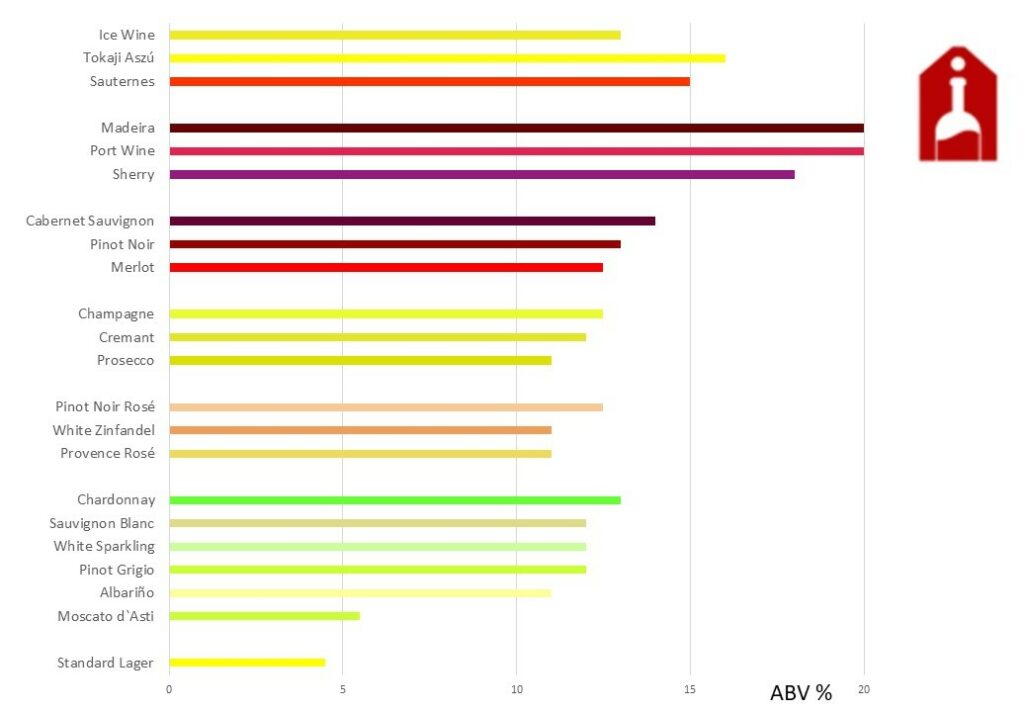
Flavor Profiles
Another notable distinction between these two wine varieties is their flavor profiles. Moscato wines are known for their intense fruity flavors, often reminiscent of peaches, apricots, and tropical fruits. They tend to have higher levels of residual sugar, resulting in pronounced sweetness that is balanced by their bright acidity. In contrast, Riesling exhibits a wide range of flavors depending on where it’s produced and how it’s made. From zesty citrus notes to floral aromas and even hints of mineral complexity in some cases – there is truly something for everyone when it comes to Riesling.

While both Moscato and Riesling offer delightful drinking experiences with their own unique characteristics, understanding their differences can help you choose which one suits your preferences best.
Origin
Origin plays a significant role in differentiating Moscato and Riesling. Moscato, originating from Italy, is known for its light, sweet, and slightly fizzy taste. It features fragrant notes of orange blossom and peach, making it an excellent choice for those who enjoy a refreshing and dessert-like wine experience. On the other hand, Riesling traces its roots back to Germany. Known for its versatility, it can range from bone dry to lusciously sweet. With vibrant acidity and distinct aromas of green apple, citrus fruits, and sometimes petrol or slate notes, Riesling offers a more complex tasting profile compared to Moscato.

Understanding the Differences
Understanding these differences allows you to appreciate each wine for what it brings to the glass. Whether you prefer an indulgent dessert-like experience or crave a zingy companion for seafood dishes, both Moscato and Riesling offer delightful options tailored to your personal taste preferences.
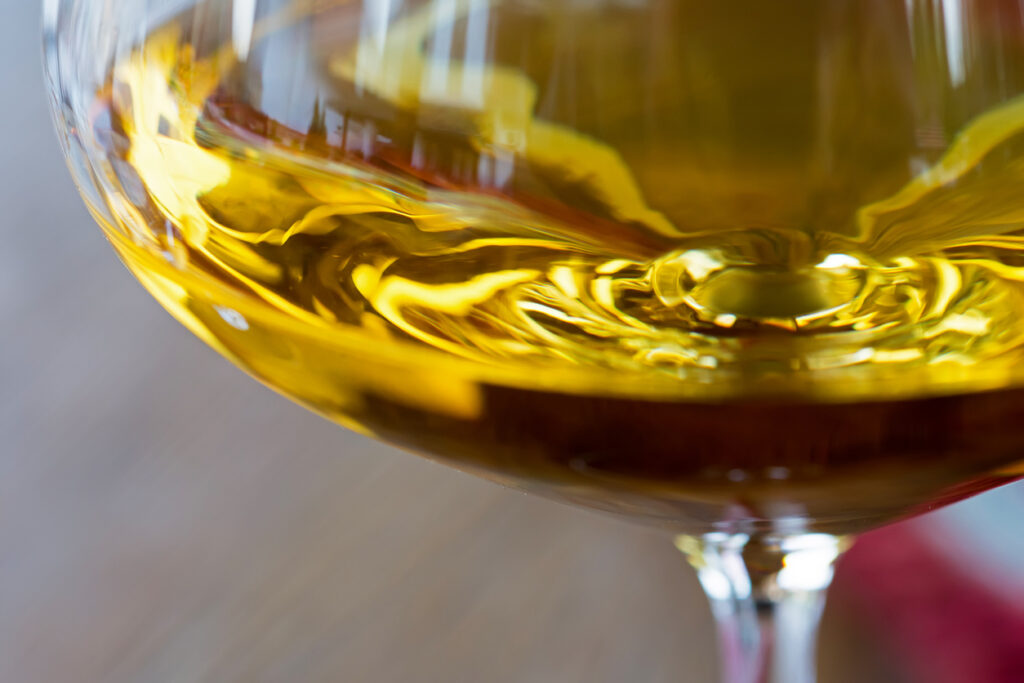
When it comes to wine, one of the first factors that pops up in everyone’s mind is food pairing. Moscato and Riesling, two popular white wine varieties, offer unique characteristics that make them ideal companions for various culinary experiences. Moscato, known for its sweet and fruity profile, pairs well with spicy dishes like Thai or Indian cuisine. The sweetness of Moscato helps cut through the spiciness, creating a delightful balance on the palate.
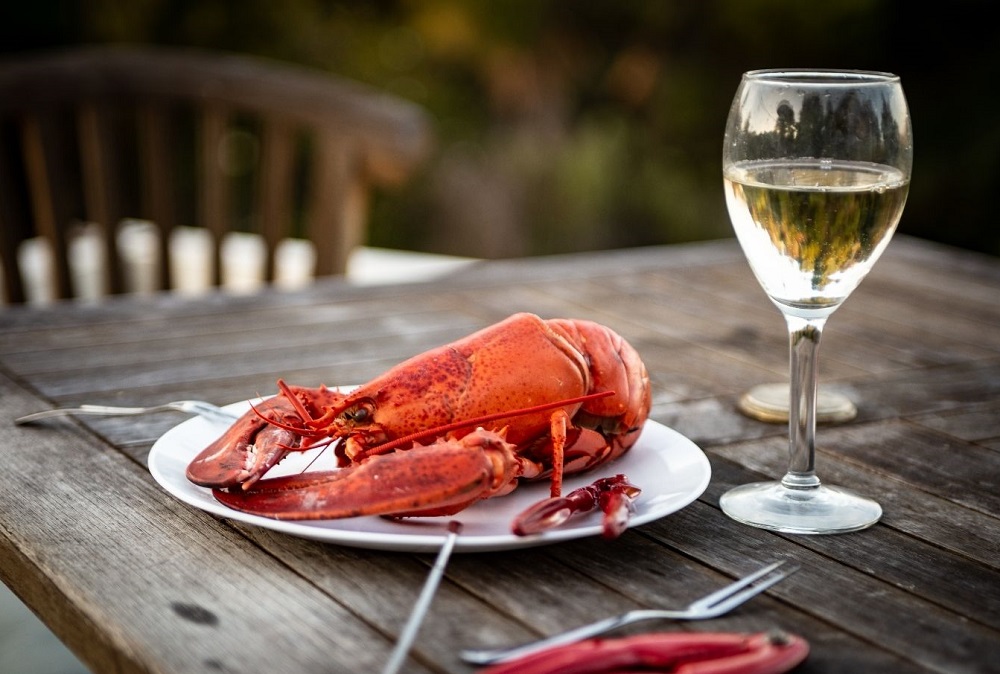
On the other hand, Riesling’s versatility shines through when paired with rich seafood dishes like lobster or scallops. Its crisp acidity cleanses the palate between bites and enhances the flavors of delicate seafood.
How to serve Moscato vs Riesling
One of the key factors in serving Moscato and Riesling is the temperature at which they are served. Moscato is best served chilled, around 45-50 degrees Fahrenheit (7-10 degrees Celsius). This helps to enhance its refreshing and fruity flavors, as well as balance out the sweetness. On the other hand, Riesling can be served slightly warmer at around 50-55 degrees Fahrenheit (10-13 degrees Celsius). This allows the wine to express its complex aromas and nuances more effectively.
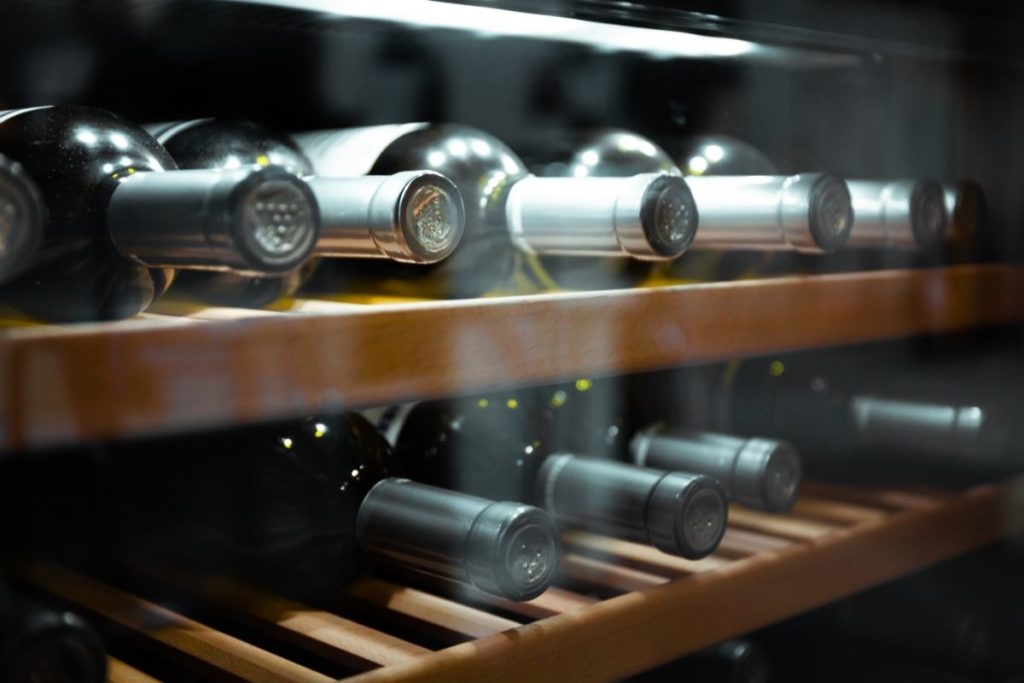
In addition to temperature, choosing the right glassware can greatly enhance your experience with both Moscato and Riesling. For Moscato, opt for a smaller wine glass with a narrower bowl shape. This helps concentrate the fresh fruit aromas and keep them from dissipating too quickly. It also allows for better control over how much wine you’re drinking since Moscato is typically enjoyed in smaller quantities.
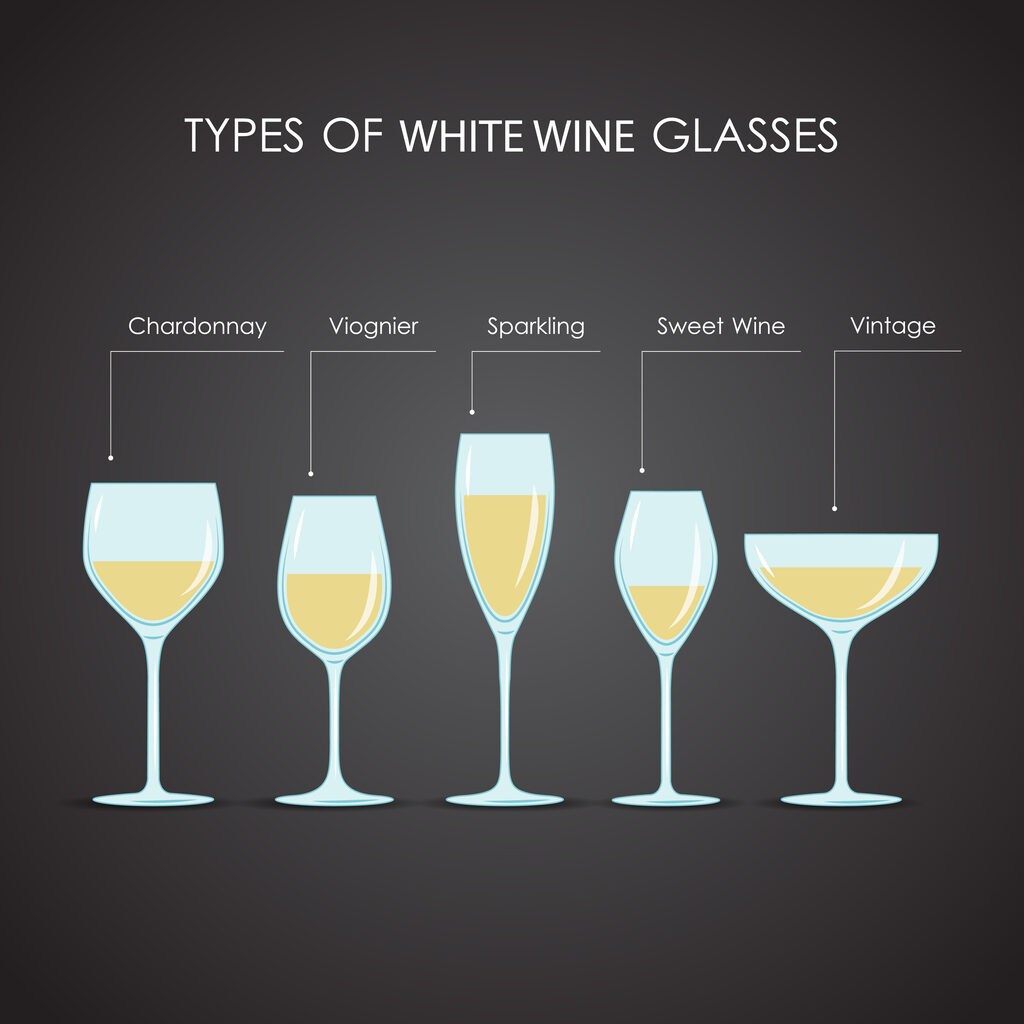
When it comes to serving Riesling, go for a larger glass with a more open bowl shape. The wider opening allows for maximum exposure to oxygen, which can help release those aromatic compounds trapped within the wine. Additionally, using a larger glass allows room for swirling, which can further enhance its bouquet.

So next time you have guests over or simply want to enjoy a glass of either Moscato or Riesling yourself, remember these tips on serving temperature and glassware selection.
Conclusion
In conclusion, both Moscato and Riesling are popular wine choices that offer distinct flavors and characteristics. Moscato is known for its sweet, fruity taste and light body, making it a refreshing option for those who prefer sweeter wines. On the other hand, Riesling is celebrated for its versatility, ranging from dry to sweet with a crisp acidity that pairs well with a variety of dishes. Ultimately, the choice between these two wines comes down to personal preference and the occasion. Whether you enjoy the effervescence of Moscato or the complexity of Riesling, there is no doubt that both wines have their own unique appeal. So why not explore both and discover your own favorite?

